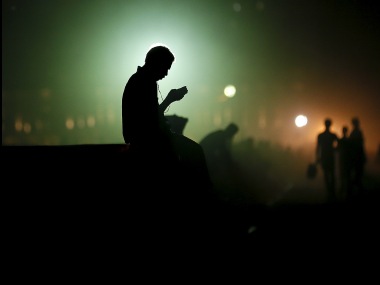Even as Punjab (Pakistan) Information and Culture Minister Fayyaz-ul-Hassan Chohan denied reports of Jaish-e-Mohammed chief Masood Azhar’s death, the risk of fake news and its perpetuation on social media is fast increasing. Only a day after WhatsApp group messages, Twitter posts and Instagram videos circulated claims that one of the most dangerous terrorists in the world died of liver cancer, not many looked at verification of its source. The same shortcoming plagued the news of Indian Air Force’s Wing Commander Abhinandan Varthaman’s capture, stay in Pakistan and homecoming. Irresponsible handling of information was also seen in the cases of the 14 February Pulwama attack and the Indian air strikes in the recent times. Several mob lynching incidents have taken place in recent times following social media rumours since around two years ago. In fact, a public interest litigation was filed in the Supreme Court last week seeking framing of guidelines to curb the spread of fake news through news and social media. The petition said that the amount of fake news has left fact-checkers grappling and has also resulted in the breakdown of law and order. There are no set laws to restrict fake news on social media and no defined penalties for those who circulate it, the petition contends. [caption id=“attachment_5812151” align=“alignleft” width=“380”]  Representational image. Reuters[/caption] WhatsApp, too, has started a campaign to discourage fake news, apart from limiting the number of people a message can be sent to at one time and the number of times it can be forwarded. With the Lok Sabha elections coming up, drafting laws and adopting stricter social media policies are basic but necessary steps. How can program codes successfully sift out all the fake news online? As the law takes its course, how can punishment to agents of fake news reverse the impact already caused? As per a report in Quartz India, research has found that people care less about the validity of a message’s source and content, and more about the sender and its potential to entertain or reinforce a sense of identity. This proves why the video of IAF pilot Vijay Shelke, who ejected safely after two Suryakiran fighter jets crashed mid-air ahead of the Aero India show, was liked almost 8,000 times on Twitter when it was falsely shared as a video of an Indian pilot arrested alive after his aircraft crashed in Pakistani territory. An article in The New York Times argues that people often support outlandish or demonstrably false claims that align with their political ideology, and that not much critical thought is given to the information encountered. The blame, according to this research, can rest either with our tendency of rationalisation or cognitive laziness. The former school of thought consists of people using their intellect to rationalise what they have heard, instead of checking the veracity of the news. The latter holds that information is often just glanced through and not thought about. Failing to question the content encountered adds to a person’s online gullibility, leading to incessant reliance on search engines, which display information on the basis of keywords, not facts, a Time report argues. False stories, in fact, travel six times faster on Twitter than true ones, a study quoted by this report found. Fake news, especially in the form of doctored photos, may change the way people remember incidents, a Vox report said. “Once you expose people to such a powerful visual presentation, how do they get it out of their minds?” Elizabeth Loftus, a professor of psychological science at University of California Irvine is quoted as saying.
Even as a Pakistan minister dismissed reports of Masood Azhar’s death, the risk of fake news and its perpetuation on social media is increasing.
Advertisement
End of Article


)

)
)
)
)
)
)
)
)



